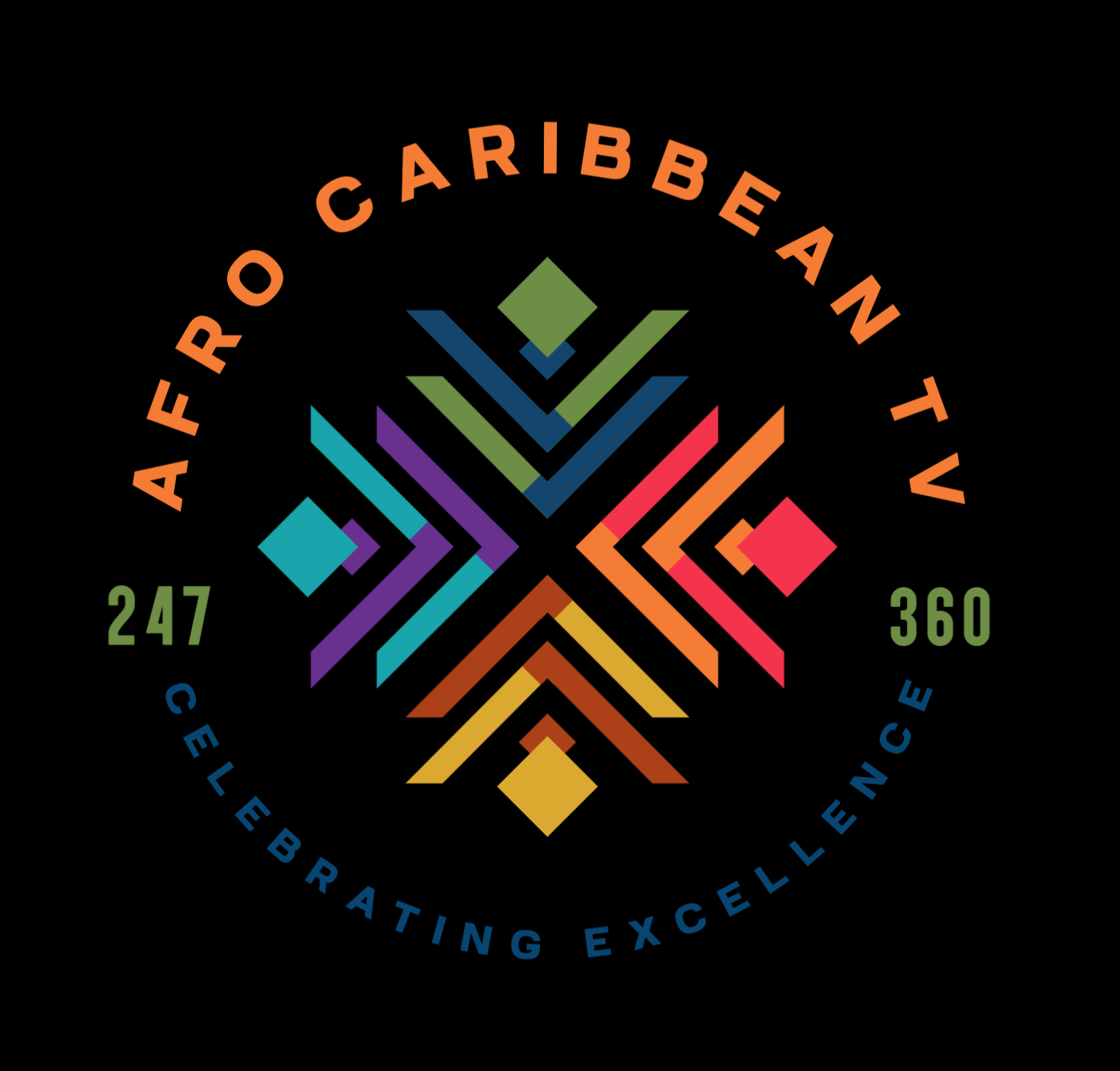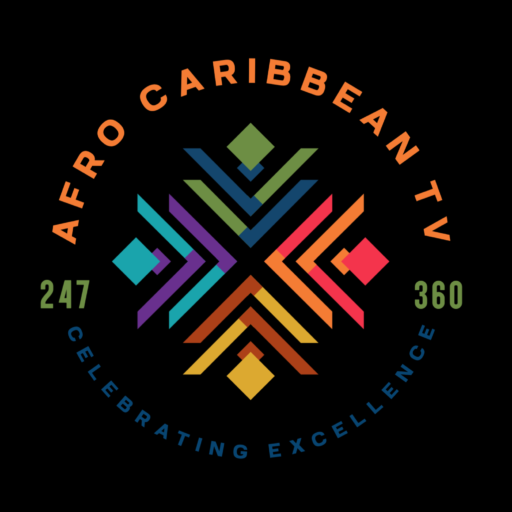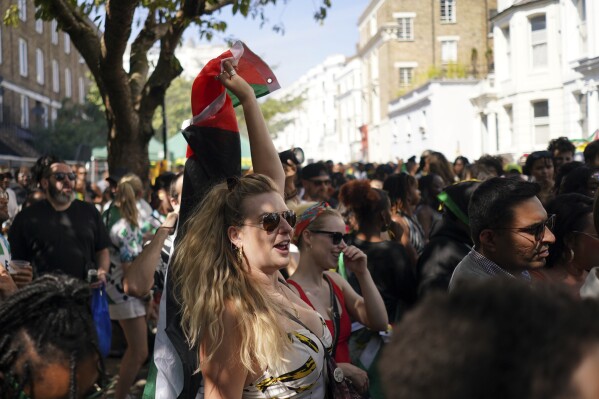The Notting Hill Carnival is one of the largest street festivals in the world and a major celebration of Caribbean culture in London, UK.
Quick Facts
- Location: Notting Hill, West London
- First Held: 1966 (in its current street form)
- When: Every year during the August Bank Holiday weekend (Sunday & Monday)
- Attendance: Over 2 million people in recent years, making it one of Europe’s biggest annual events.
Origins
- The carnival was born out of the Caribbean immigrant community in London, especially people from Trinidad & Tobago who brought traditions of Carnival, calypso, and steelpan.
- It was also a response to racial tensions and the Notting Hill race riots (1958), serving as a way to celebrate culture, unity, and resilience.
- Claudia Jones, a Trinidad-born activist, journalist, and community leader, is often credited as the “mother of Notting Hill Carnival” for organizing the first indoor Caribbean carnival event in 1959.
What Happens at Carnival
The festival features:
- Parades of Mas Bands with colorful costumes, feathers, and glitter.
- Sound systems playing reggae, soca, calypso, dancehall, afrobeats, and more.
- Steel bands showcasing traditional Trinidadian steelpan music.
- Caribbean food stalls (jerk chicken, patties, plantain, rum punch, etc.).
- Children’s Parade (on Sunday), designed to be family-friendly.
- Main Parade (on Monday), the largest and most vibrant procession.
Cultural Importance
- It is a symbol of multicultural London, rooted in the struggles and triumphs of the Caribbean diaspora.
- Beyond music and dance, it represents freedom, identity, and resistance against discrimination.
- Today, it attracts people of all backgrounds, uniting communities in celebration.
Fun Fact
Notting Hill Carnival has grown so big that it is often compared to Rio de Janeiro’s Carnival in Brazil, though it has its own distinctly Caribbean-British identity.



